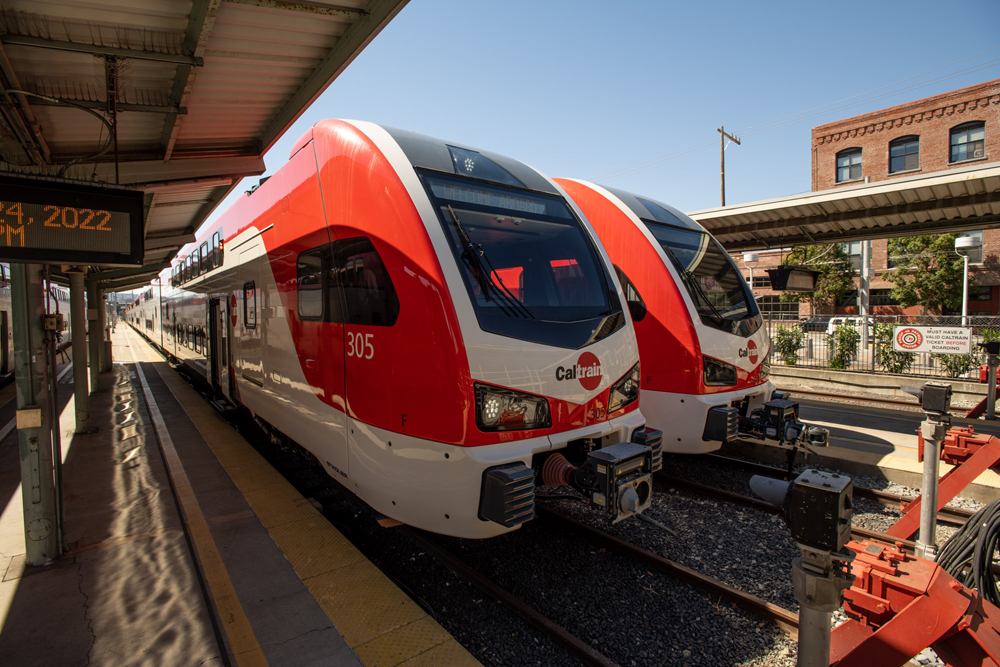
SAN FRANCISCO – This week Caltrain celebrated 160 years of rail service between San Francisco and San Jose about 50 miles south. Passenger train service began Jan. 16, 1864. Its creation was said to be central to the development of the San Francisco Peninsula and South Bay.
Over the year, the majority of the cities on the Peninsula were founded on or near the corridor, which sped up their growth and ability to market goods and services to the local area. It was this corridor rail service that quickly eliminated early stagecoach routes.
The idea of creating a rail line between the two cities first surfaced about in 1851, while San Jose was still capital of California. After three failed attempts to obtain funding, the San Francisco and San Jose Railroad incorporated in 1860. Construction began in May 1861 at San Francisquito Creek, and regular service from San Francisco to Mayfield (now the California Avenue Station) began in October 1863, with San Jose-bound passengers transferring to a stagecoach for the remainder of their journey. In 1864, the line was completed.
Southern Pacific became the dominant owner over the years, employing a dedicated fleet of steam locomotives and later diesels to move trains. Besides the usual collection of Consolidations, Pacifics, and Atlantics, was a steady mix of Mountains and General Service locomotives. For a few years, SP’s handful of 2-6-2 Prairies were used here after being acquired from a railroad in Texas.
Assigned diesel power included GP9s, a pair of SD9s, a former Cotton Belt FP7A, SDP45s demoted from long distance service after the coming of Amtrak, and of course, a fleet of FM H24-66s. Doing most of the switching were FM H12-44s and Alco S-series locomotives.
The coming of Caltrain found most trains equipped with a combination of inherited Harriman coaches and double-deckers. The new operator brought in F40PH variants and newer double-deckers to modernize the fleet, later incorporating MP M36PH-3s. Switching power has usually been end cab EMDs.
Today, Caltrain is on the cusp of completing its electrification project, the first undertaking in North America in a generation in which diesel trains and their infrastructure components are transitioned to an electrified system. It’s expected to be completed later this year.
Caltrain is owned and operated by the Peninsula Corridor Joint Powers Board, with service from San Francisco to San Jose, with additional commute service to Gilroy. Serving the region since 1863, Caltrain is the oldest continually operating rail system west of the Mississippi.
The original SP was founded in San Francisco in 1865, by a group of businessmen led by Timothy Phelps with the aim of building a rail connection between San Francisco and San Diego, California. The company was purchased in September 1868 by a group of businessmen known as the Big Four: Charles Crocker, Leland Stanford, Mark Hopkins, Jr., and C. P. Huntington.






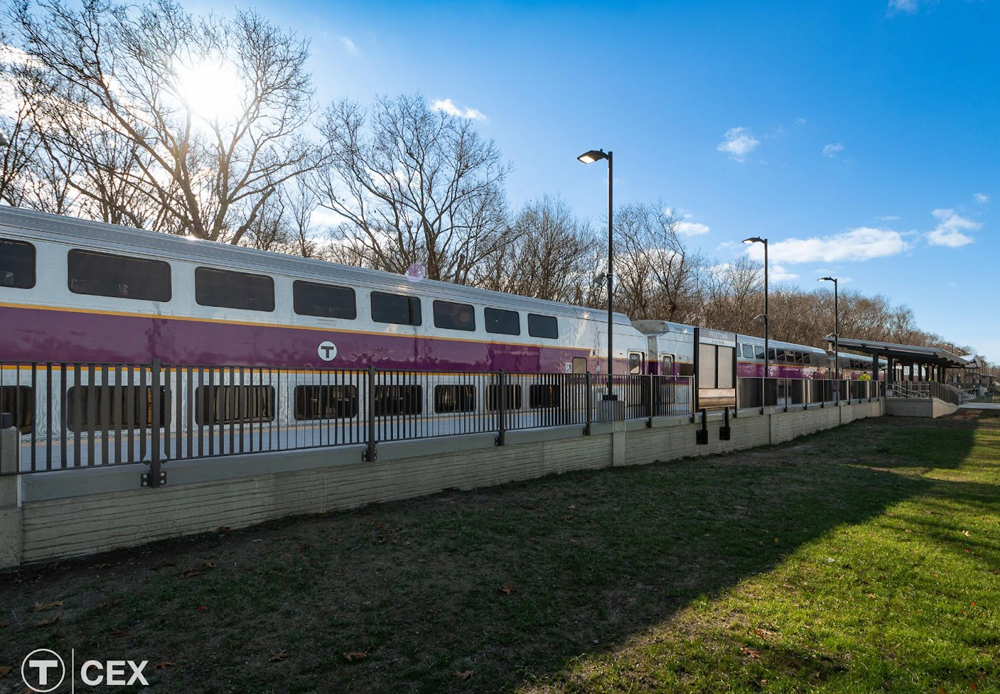
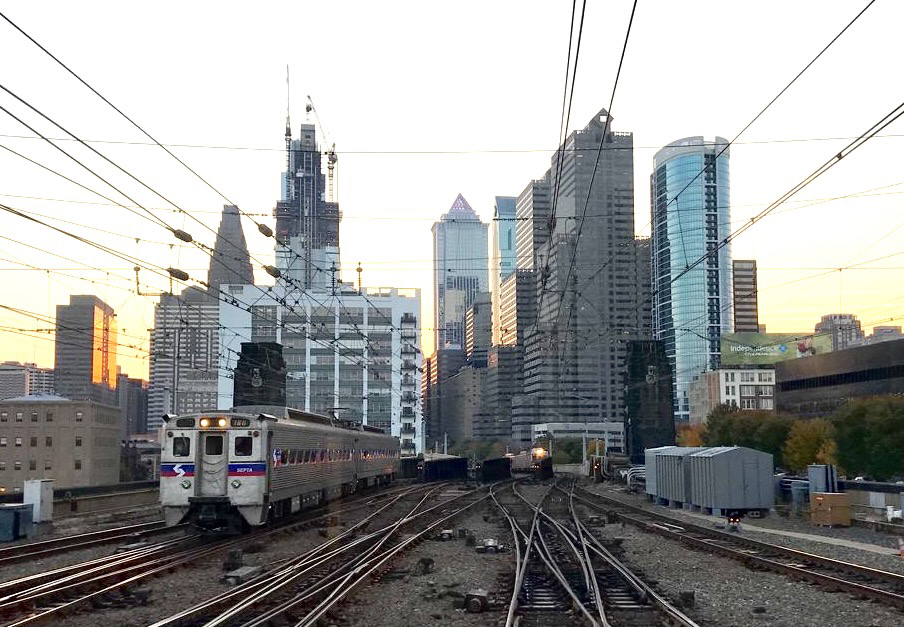
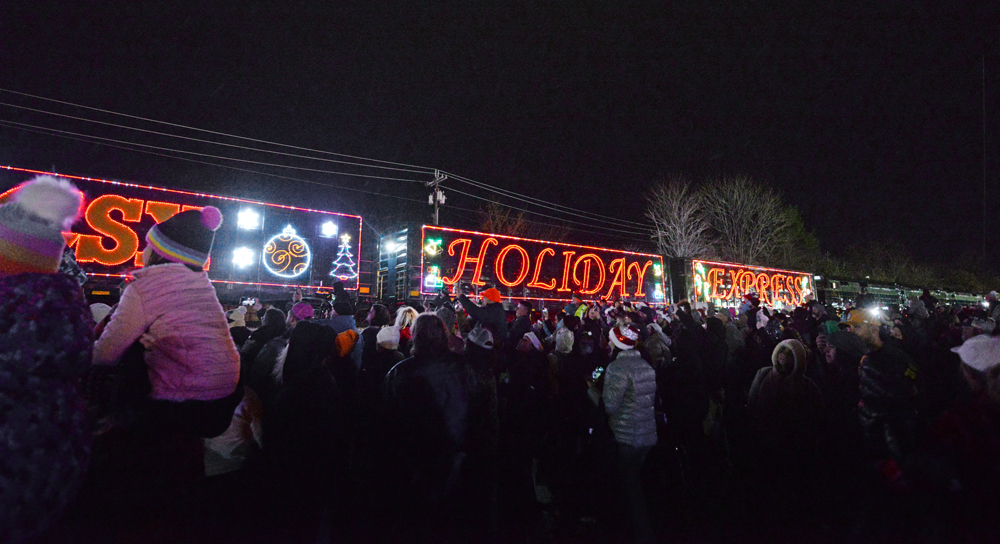
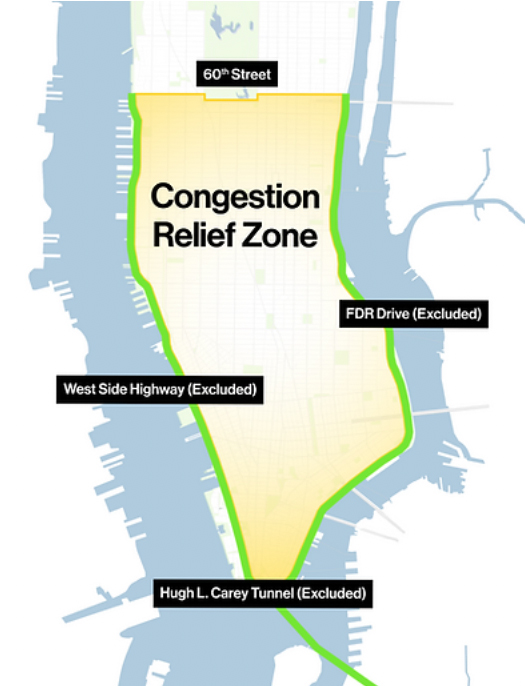
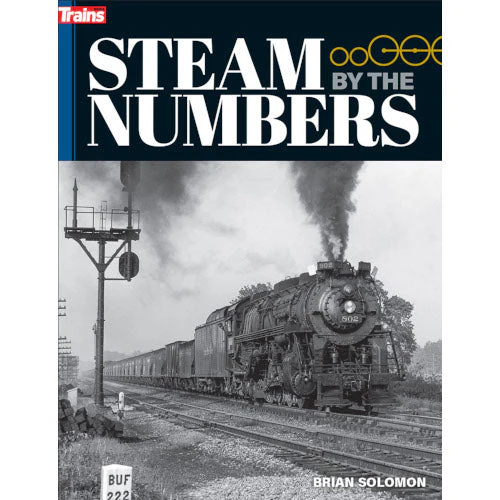

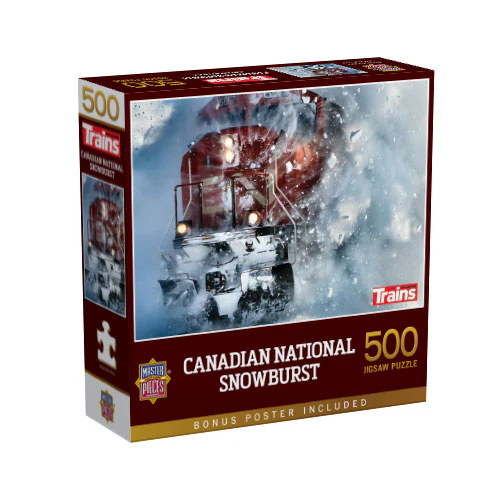
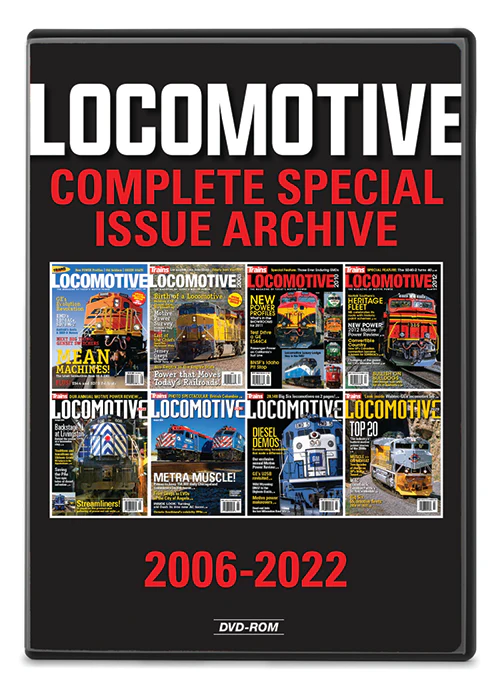
The RDC’s were slow off the line but once they got going they moved. They had two 6-110 Detroits with hydraulic transmissions that went to direct drive around 35 mph. Max was around 84 mph. On a fantrip they did OK on a 1.6% grade up to E. Mahanoy Jct. (2102 barks loudly on this grade)
Remember, most of RDG’s commuter service was electric MU’s using 11 kV AC. The RDC’s were used in intercity service.
CNJ used theirs in shuttle service, such as the Elizabethport-Newark shuttle. Saved running around the train and they had a chance to roll between E’port and Brills Jct.
RDC’s required good maintenance, which some East Coast roads did not perform. RDG had a fleet of MU cars and needed them all. They understood having 16 RDC’s and needing 13 to make the street in the morning. An RDC is legally a diesel locomotive and needs all the inspections.
Charles – The FM’s in Peninsula commuter service had a huge following and watching them accelerate out of a station was always a treat. As they got older, the railroad tried a number of units to take their place with mixed success. Finally the railroad’s SDP45’s got the nod. There were plans to rebuild the FM’s into brake slugs for yard duty. One was done and sent to Colton in Southern California, usually attached to an Alco C628 or C630. But it wasn’t deemed successful and the others that had been set aside for conversion were eventually scrapped.
I remember noticing the Fairbanks Morse engines in 1973. Never saw — or heard — anything like them. I assume these diesels had their fans.
The TrainMasters had 2400 HP from one opposed piston (OP) diesel engine. They could out-accelerate any other diesel of their day and gave PRR’s K4’s a run for their money. They were excellent commuter (commute in the Bay Area) engines for CNJ, and SP.
The USN used F-M OP’s in its WWII Fleet Submarines, and a retired sub Captain told me the Sailors considered the FM’s the best sub diesels.
They were smokey when leaving the initial terminal: cold cylinders. Leaving Reading Terminal it was 15 mph through the s-turn, then you could roll after that. While the TM was accelerating, Spring Garden Station disappeared in a cloud of blue smoke.
Philip — Thanks for the notes …. what a concept! A locomotive suitable for its purpose! A commuter train that can accelerate out of its many stations!
Question for you, Philip. How were Budd RDCs at acceleration? Lots of them used on commuter trains, NYNH&H, B&M Corporation, CNJ, others.